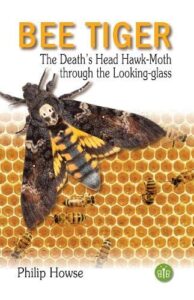To say I was excited to see a copy of Neha Sinha’s recently published “Wild and Wilful, Tales of 15 Iconic Indian Species” arrive on my desk from HarperCollins India would be an understatement. I have followed Ms. Sinha’s social media postings about India’s natural history for some time and I have learned a remarkable amount from her about both India’s wildlife and the conservation efforts undertaken on the behalf of it.




